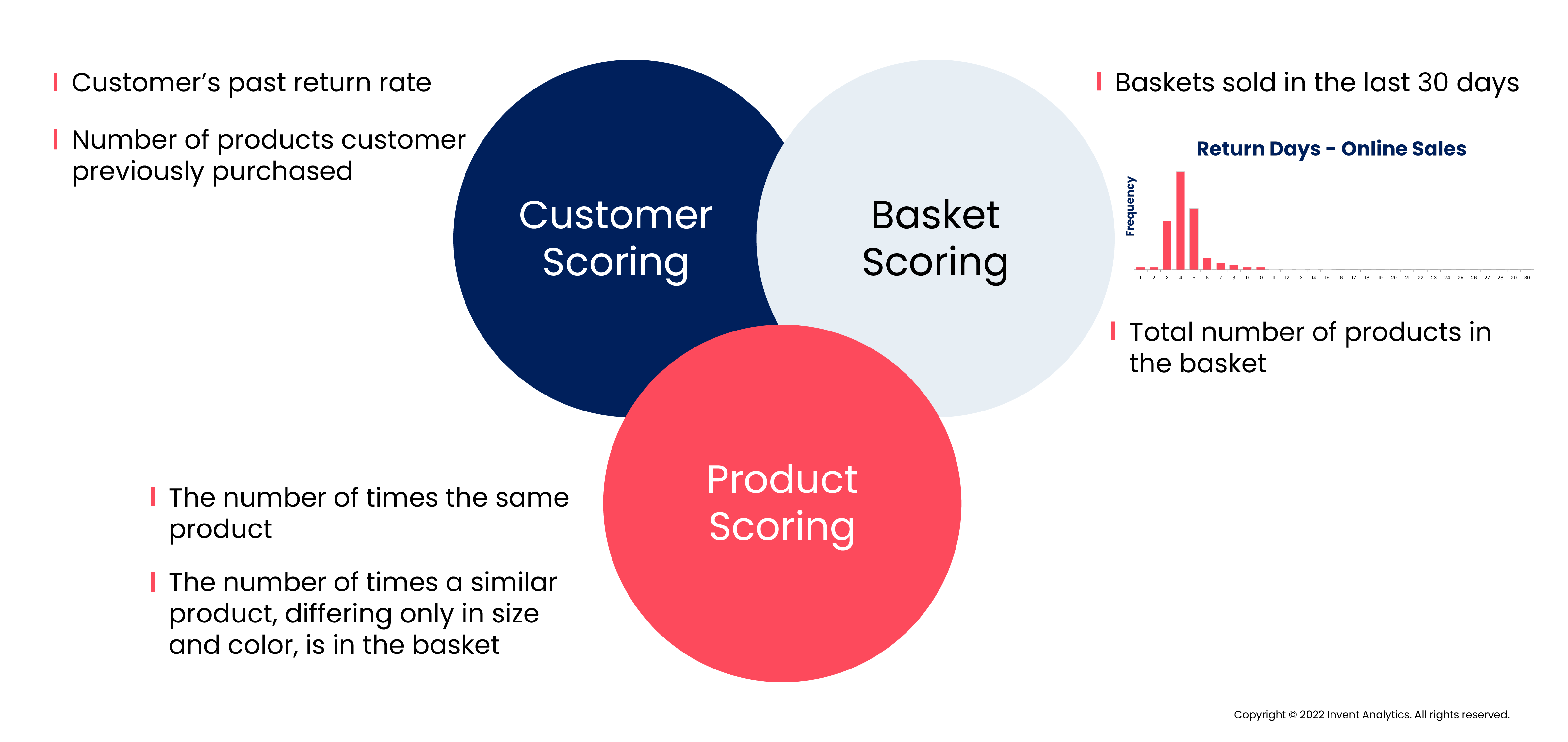Markdown Optimization for Retailers: How AI Can Make Millions
It's no secret that retailers are always looking for ways to improve their margins. ...

Retailers have always had to deal with returns. However, with the explosion of e-commerce and new purchasing channels, product returns have increased significantly, especially for soft-line and specialty retailers. As a result, they are now confronted with rising financial losses from returned merchandise and the headaches of figuring out what to do with all that merchandise.
While it seems like reducing returns will continue to be a hot topic, there’s a reason why retailers’ focus on robust return forecasting is crucial: returns are expensive.
In the US alone in 2024, consumers returned more than $890 billion in merchandise, according to an NRF report, and this accounts for an average of 16.9% of total US retail sales. These numbers suggest that return management strategies must be rethought, as retailers face more significant challenges than ever.
The cost of processing returned items and managing the returned inventory can add up quickly. There’s no easy way to solve the return problem. Still, one thing is clear: retailers need a better way of predicting how many and which products will be returned at any given time to reduce returns’ impact on customer loyalty, avoid inventory management struggles, and reduce the rising financial losses.
Even though returns are inevitable, retailers can take steps to minimize their impact on the bottom line. A great starting point is embracing a data-driven approach to retail returns forecasting.
Leveraging AI to improve data insights
Many factors influence product returns. The estimates depend highly on seasonality, weather, product mix, and promotional activities. Return rates are significantly higher when customers can’t see, touch, or try goods before buying them.
So today, future-ready retailers are increasingly turning to AI to help interpret their data and power their return management. They leverage advanced analytics and machine learning algorithms that consider these factors and collect data on past returns to improve the accuracy of their return forecasts.
Accelerating retail return forecasting capabilities
By implementing AI-powered retail return forecasting solutions that collect and analyze granular transactional receipt-level sales data, retailers can empower their supply chain planning teams with the tools for successful return management.
A forecasting solution that considers historical sales, growth patterns, market trends, and external demand-driving factors, such as supplier shortages and the changing competitive landscape, can greatly benefit retailers. By accelerating their retail return forecasting capabilities, retailers can better plan their inventory replenishment strategies and increase product availability.

Today, return forecasting is something that all retailers need to do, whether they are high-volume retailers such as Amazon, Walmart, and Target or medium-sized apparel and footwear retailers.
There is no doubt that every retailer wants to be able to forecast their product return rate as accurately as possible. But forecasting product returns, or put another way, the ability to correctly anticipate how much of each product’s sales will eventually be returned by customers and when and where, is not an easy task.
However, the right retail return forecasting tools give planners an estimate of the timing and the quantity of future returns. Therefore, forecasting returns to a reasonable degree of accuracy, and incorporating these forecasts in inventory optimization, can be a game-changer. In addition, predicting product returns also gives information needed in other areas of the supply chain, such as production planning and logistics.
With more accurate returns forecasting, retailers can adjust campaigns and promotions based on the changes they expect in their customers’ behavior. They can also optimize the resources and budgets needed for a healthy and successful business.
Retailers should consider implementing a retail return forecasting solution to identify why products are returned, determine what percentage of returns can be resold and estimate the costs associated with sending an item back to the DC or redistributing it through another channel. Using this information, retailers can make better decisions about how much replenishment stock is needed and from which channels it should come.
The biggest challenge of a product return forecasting solution is that it needs to provide retailers with insights into what customers will want to return, when and how much. This information can be used for:
Invent.ai’s AI-powered demand forecasting solution helps retailers make better return predictions and remove the guessing game.
The solution gathers the most granular transactional receipt or invoice-level sales data for retailers, enabling them to detect cannibalization and halo effects with basket analysis. It also more accurately captures historical promotion and the effect of markdown successfully forecast product returns.
The machine learning algorithms use receipt-level data runs to discover the probability of returns. The solution, considering three main scorings, including customer, basket, and product, enables retailers to have a return scoring at a transactional level.

The solution helps retailers forecast the return probability of each sold product for the next few weeks by considering the items sold in the 30-day or 90-day timeframes, the customer's basket profile, the customer's return scoring profile and the likely return location.
Benefits of using invent.ai’s Return Forecasting
Utilizing this data, invent.ai empowers retailers to predict returns at an SKU-Store-Week, SKU-DC-Week, or SKU-Region-Week level. Retailers can use these forecasts as a part of the projected incoming inventory flow for each DC/region/store alongside demand forecasts and known in-transit orders.
By leveraging machine learning algorithms on vast datasets, the solution helps uncover new insights and identifies trends that lead to better decisions.
Returns aren't only a problem for retailers; they're also an opportunity. Once empowered with the right return forecasting solution, retailers can use returns to better manage their inventory planning and provide customers with an overall better experience. Ready to start your journey to returns forecasting and optimization? Speak with an expert in retail AI now.

It's no secret that retailers are always looking for ways to improve their margins. ...

Supply chain leaders know one thing is clear: retail demand forecasting has never ...

Retailers have always had to deal with returns. However, with the explosion of ...